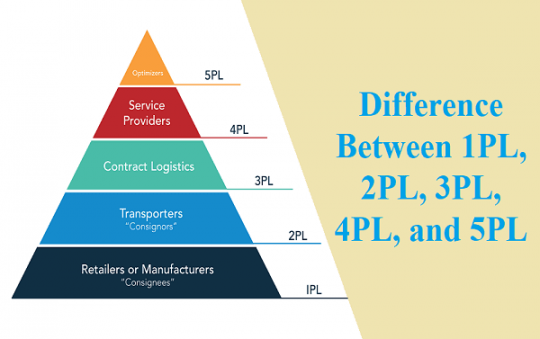In today’s fast-paced business environment, organizations constantly seek ways to streamline their operations and improve productivity. One area that can significantly benefit from technological advancements is maintenance management. Implementing a CMMS maintenance software can revolutionize the way businesses handle tasks, leading to cost savings and increased efficiency. This article explores the benefits of implementing the system.
Improved Maintenance Planning and Scheduling: One of the primary advantages is its ability to enhance maintenance planning and scheduling. With CMMS, businesses can create detailed maintenance schedules, assign tasks to specific technicians, and track progress in real-time.
This automation eliminates the need for manual paperwork, reduces errors, and ensures that tasks are performed on time. By effectively planning and scheduling activities, companies can minimize equipment downtime, prevent breakdowns, and optimize the use of resources.
Enhanced Asset Management: It allows organizations to maintain comprehensive records of their assets, including equipment details, maintenance history, and warranty information. By accurately tracking assets and their associated maintenance activities, businesses can make informed decisions about repairs, replacements, and upgrades.
This proactive approach helps extend the lifespan of assets, reduce unplanned downtime, and avoid costly emergency repairs. Additionally, it can generate automated reports on asset performance, enabling companies to identify trends, analyze data, and make data-driven decisions.
Increased Productivity and Efficiency: Implementing the software can significantly boost productivity and efficiency within an organization. With streamlined maintenance processes and automated workflows, technicians can focus more on actual maintenance work and spend less time on administrative tasks. It provides technicians with access to critical information, such as equipment manuals, troubleshooting guides, and repair histories, empowering them to perform tasks more efficiently.
Furthermore, it can help optimize inventory management by automating parts ordering and tracking, ensuring that the necessary materials are always available when needed.
Cost Savings: It can contribute to substantial cost savings for companies. By effectively managing maintenance activities, companies can reduce equipment downtime, minimize emergency repairs, and extend the lifespan of assets.
Additionally, it can help optimize inventory levels, eliminating excessive or obsolete inventory and reducing carrying costs. The ability to track maintenance costs, analyze trends, and generate reports also enables companies to identify areas for improvement and implement cost-saving measures.
Regulatory Compliance and Safety: Compliance with regulatory standards and safety guidelines is crucial in many industries. It is vital in ensuring regulatory compliance and enhancing safety within a company.
By maintaining accurate records of maintenance activities, businesses can demonstrate compliance with regulations and provide proof of regular inspections and maintenance. It can also facilitate the implementation of preventive maintenance programs, reducing the risk of accidents, equipment failures, and non-compliance penalties.
Also read: How to Choose an IT Consultant for Your Business
Data-Driven Decision-Making: It collects and stores a vast amount of maintenance data, which can be leveraged for data-driven decision-making. By analyzing historical data, companies can identify patterns, pinpoint areas for improvement, and make informed decisions about maintenance strategies.
It provides powerful reporting and analytics capabilities, allowing companies to track key performance indicators, measure maintenance effectiveness, and optimize resource allocation. This data-driven approach helps businesses optimize maintenance processes, reduce costs, and improve overall operational efficiency.
Scalability and Integration: It is highly scalable, accommodating the needs of organizations of all sizes. Whether an organization has a small maintenance team or multiple departments spread across different locations, it can adapt and grow with the company. As the business expands, additional features and modules can be added to the software to meet evolving requirements.
Furthermore, it often integrates with other systems, such as enterprise resource planning (ERP) software, supply chain management tools, or asset tracking systems. This integration ensures seamless data flow and eliminates the need for manual data entry or duplication of information. The integration with other systems enhances data accuracy and provides a holistic view of the company’s maintenance and operational activities.
Conclusion
Implementing CMMS maintenance software can bring numerous benefits to organizations. From improved maintenance planning and scheduling to enhanced asset management, increased productivity and efficiency, cost savings, regulatory compliance, and data-driven decision-making, it can revolutionize maintenance management. By embracing technology and leveraging its capabilities, businesses can streamline their operations, reduce costs, and achieve higher levels of performance and success.




